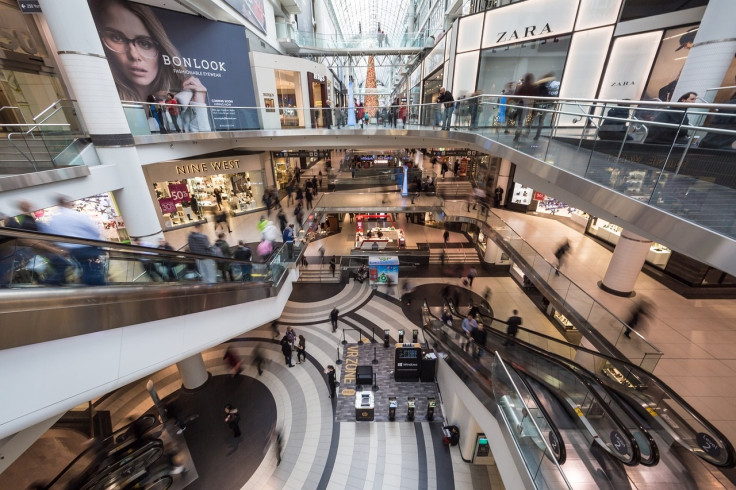Cost-Of-Living Crisis: Older Australians Weather Economic Downturn Better Than Youth, Data Reveals

New data based on shopping patterns has revealed that young Australians were being disproportionately affected by the cost-of-living pressures than older individuals.
The data compiled by Commonwealth Bank revealed that Australians aged between 18 and 29 were making the deepest cut to their expenses, while those above 60 were comparatively better off, despite the economic downturn.
An examination of 7 million of its customers by Commonwealth Bank found that "generational spending gap" was on the rise for the second consecutive year, The Guardian reported.
Young Australians, aged 18 to 29, reduced their expenditure by 2% year over year in the third quarter of 2024, with significant drops in both essential (by 2.3%) and discretionary (by 1.9%) spending. This meant spending less on bills, vacations, clothes, and gasoline.
A careful attitude to finances was also evident among those aged 30 to 39, indicated by the 1.1% fall in spending on necessities (such as home products) and the 1% decline in spending on discretionary categories.
Meanwhile, spending by those aged 60 to 69 increased by 3.9%, and spending by those 70 and older increased by an astounding 7.7%.
Head of innovation and analytics with CommBank iQ, Wade Tubman, said the older adults could be better off due to fuel prices declining and entitlement to government energy relief programs.
"Lower petrol prices and government energy relief programs have eased the pressure on essential spending and July's income tax cuts have increased take home pay for many Australians, however there continues to be a discrepancy between the spending power of older and younger Australians," he said. "In fact, we've seen those all the way up to 40 years-old cut back on spending, highlighting the large swathe of the population feeling cost of living pressure."
Even though petrol and energy prices did take a dip, discretionary costs remained high, due to shich the younger demographic had to reduce their spending, Tubman added.
"Younger people only spend 40% of their money on essential items," he said. "They typically spend 60% on discretionary [items], whereas older Australians are almost the reverse of that."
© Copyright 2026 IBTimes AU. All rights reserved.





















